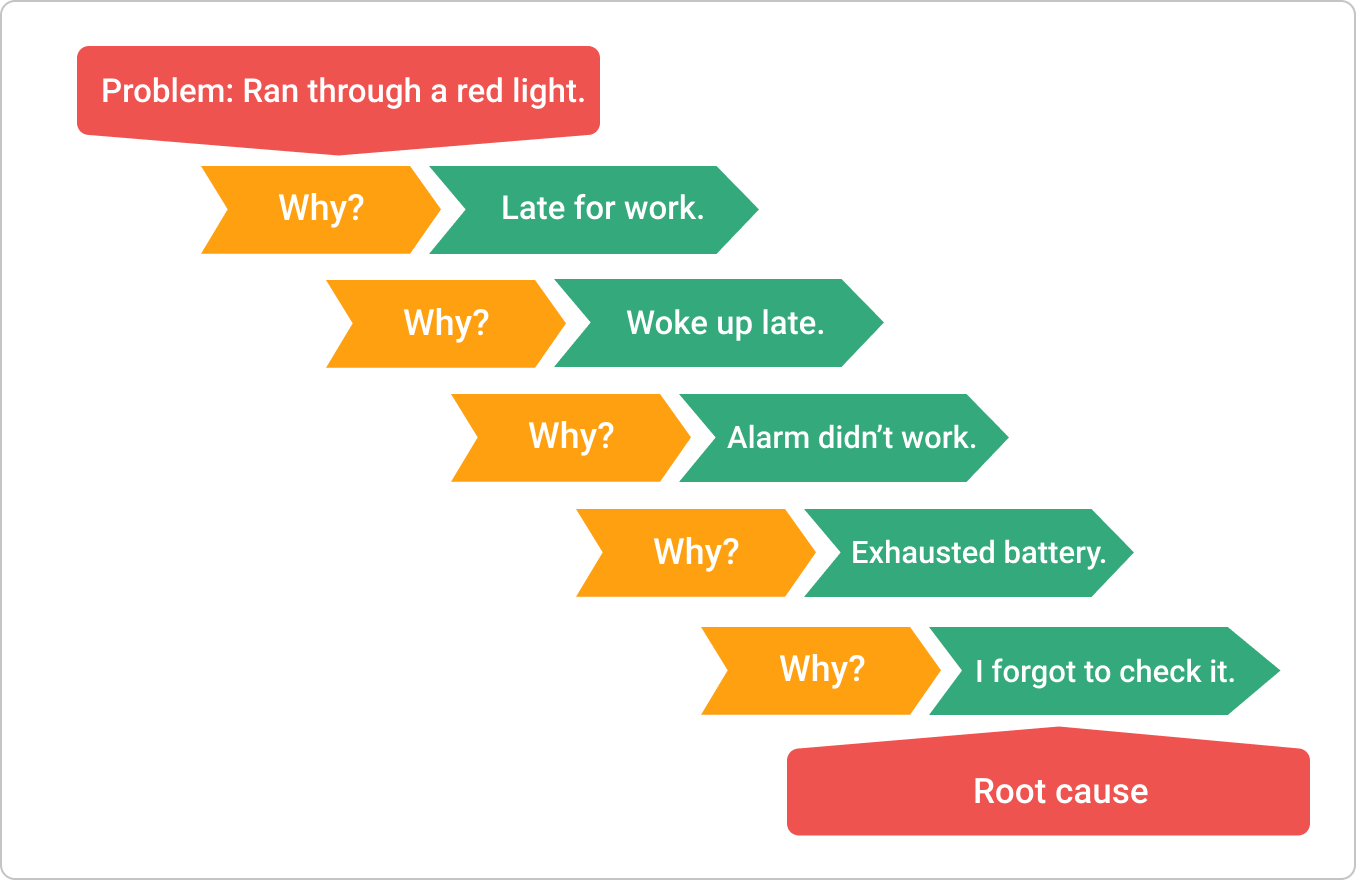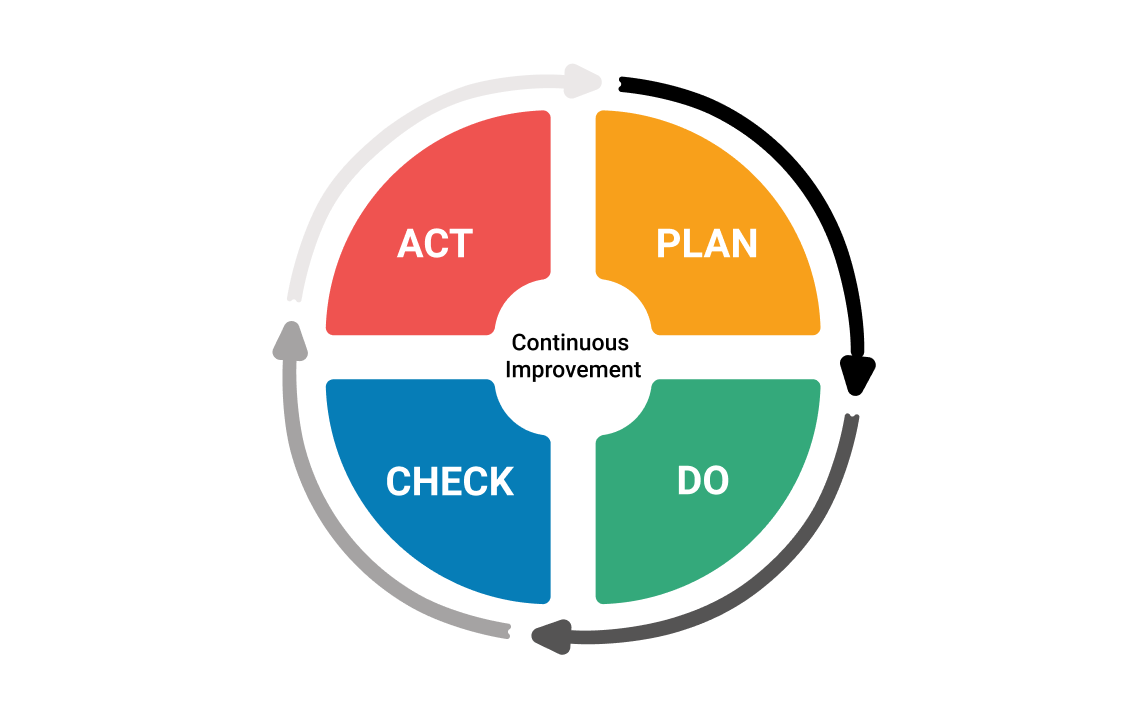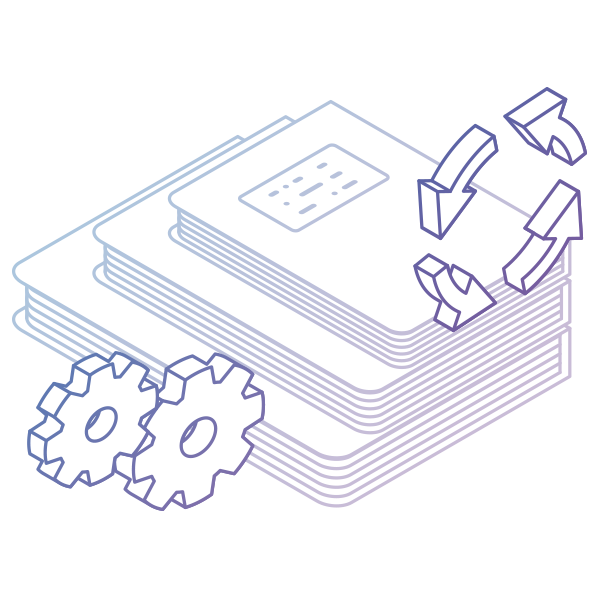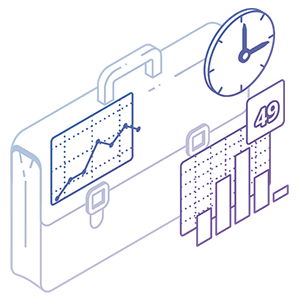Key Takeaways
-
What is Kaizen? A Japanese philosophy meaning "change for better," focused on continuous, incremental improvement.
-
How is Kaizen applied? Through daily habits, Kaizen events, PDCA cycles, and employee involvement.
-
Core principles: Eliminate waste, empower people, embrace change, and solve problems through collaboration.
-
Tools and techniques: PDCA, 5 Whys, Value Stream Mapping, Kanban, 5S, and Fishbone diagrams.
-
Business impact: Increases efficiency, engagement, innovation, and adaptability.
What Is Kaizen?
Kaizen is a foundational concept in Lean thinking and the Toyota Production System (TPS). It means "change for the better" and represents a mindset of continuous improvement rooted in respect for people and problem-solving. While often translated as "continuous improvement," its deeper meaning focuses on self-reflection, growth, and evolving beyond the status quo.

How Is Kaizen Related to Lean and TPS?
Kaizen gained global recognition through Toyota's consistent success in operational excellence. It supports Lean's goal of waste elimination and efficiency by encouraging small, incremental changes rather than disruptive, top-down transformations.
What Are the Principles of Kaizen?
10 core principles guide the Kaizen mindset:
- Discard fixed ideas and assumptions.
- Embrace proactive problem-solving.
- Challenge the status quo.
- Value adaptable, incremental changes.
- Treat mistakes as learning opportunities.
- Involve everyone across all levels.
- Apply the "Five Whys" for root cause analysis.
- Seek diverse perspectives and feedback.
- Use creativity over capital for improvements.
- Commit to never-ending improvement.
These principles encourage every employee to contribute to problem-solving and innovation, fostering a shared culture of excellence.

Kaizen Philosophy and Culture in Practice
Implementing Kaizen starts with Hansei - self-criticism. This cultural norm at Toyota encourages employees to identify flaws, even in successful projects. Workers are empowered to stop production lines upon detecting issues and participate in resolving them. Reflection meetings (Hansei-kai) are held regardless of success, reinforcing a feedback-driven culture that fuels consistent enhancement.

Image credit: Jun Nakamuro
How Does Kaizen Work?
Kaizen operates as a continuous cycle that identifies inefficiencies, implements changes, and measures outcomes. Respect for people and collaboration are vital. Problems are revisited until resolved, driving momentum through iterative improvements.
What Are Kaizen Events?
A Kaizen event, also called a Kaizen blitz, is a focused, short-term project designed to improve a specific process. Typically lasting 3–5 days, it follows the PDCA (Plan–Do–Check–Act) model:
-
Plan: Set clear goals and baseline data.
-
Do: Implement improvements quickly.
-
Check: Evaluate results and identify issues.
-
Act: Standardize successful changes and schedule follow-up.
These events accelerate improvements while reinforcing Lean thinking across the team.

What Are the Steps in a Kaizen Event?
- Define objectives and context.
- Assess the current state.
- Develop and test improvement ideas.
- Review and resolve any emerging issues.
- Share outcomes and plan follow-ups.
The 7-Step Kaizen Process for Continuous Improvement
-
Engage employees in identifying issues.
-
Gather and prioritize feedback.
-
Brainstorm innovative solutions.
-
Pilot small-scale implementations.
-
Monitor and review results.
-
Scale successful solutions organization-wide.
-
Repeat the cycle to tackle new challenges.
How Does Kaizen Deliver Measurable Improvements?
Kaizen works by turning ideas into action. The feedback loops embedded in Kaizen practices create a learning system where change is constant and data-informed.
Examples of impact include:
- Reduced cycle time and waste
- Higher employee engagement and accountability
- Increased customer satisfaction
- More agile, resilient operations
How to Implement Kaizen in Your Company
To successfully implement Kaizen:
-
Start small: Introduce Kaizen in one area or team.
-
Involve everyone: Encourage suggestions and feedback.
-
Train in Lean tools: Educate teams on using PDCA, 5 Whys, VSM, etc.
-
Set clear goals: Focus on real problems with measurable outcomes.
-
Celebrate success: Reinforce participation and spread improvements.
-
Utilize digital platforms: tools like Businessmap offer structure, visibility, and data-driven insights.
What Tools and Techniques Are Used in Kaizen?
Kaizen leverages a variety of tools to facilitate improvement and analysis:
-
PDCA Cycle: A methodical loop for testing and refining changes.
-
5 Whys: A simple but powerful root cause analysis tool.
-
5S: Organizes the workspace for efficiency and safety.
Each tool supports structured problem-solving and helps teams take action based on evidence, not assumptions.
What Are Real Examples of Kaizen Improvements?
Toyota utilizes Kaizen to empower all factory workers to halt the production line when they identify defects, promoting real-time improvements. Ford has applied Kaizen to reduce production costs and cycle times by engaging frontline teams in daily improvement activities.
Companies across industries apply Kaizen digitally. For example, AK Gida, a dairy producer in Turkey, applied continuous improvement principles using Businessmap and managed to:
- Improve cycle time by 54%
- Reduce lead time by 23%
- Gain full transparency across all levels
Their approach combined improvement thinking with visual boards, real-time metrics, and feedback loops.
»» Read the AK Gida case study
What Are the Pros and Cons of Kaizen?
Benefits:
- Aligns teams on shared goals and values
- Encourages innovation and collaboration
- Drives sustainable long-term improvement
- Builds a culture of responsibility and learning
Challenges:
- Requires strong communication and cultural buy-in
- Short-term events must be backed by a longer-term strategy
- Without proper support, enthusiasm may fade
Why Kaizen Still Matters
Kaizen isn't just about fixing what's broken - it's about building a mindset of excellence. Whether you're leading a team, a department, or an entire organization, Kaizen empowers people to act, improve, and grow together.
The tools are simple, but the results are transformational. When supported by digital platforms like Businessmap, Kaizen becomes scalable, sustainable, and measurable.
Businessmap is the most flexible software
to align work with company goals











